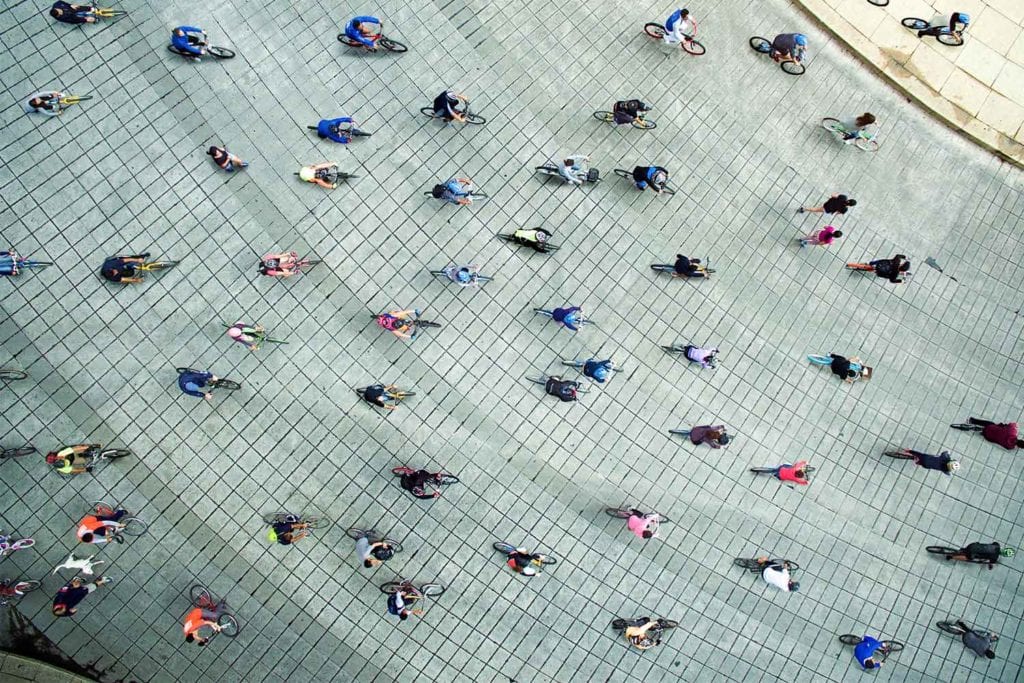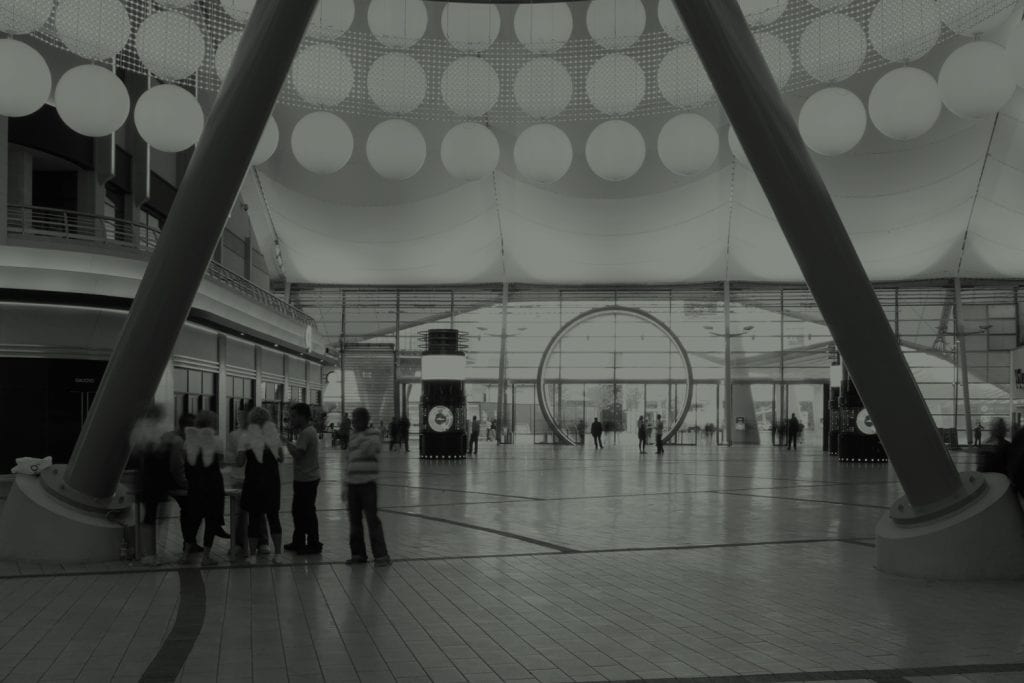
re:development
re:trofit
re:furbish
re:use
Inclusive Learning Environments for Mental Wellbeing and Neurodiversity, Part of the Festival of Learning Spaces
With such a wide spectrum of neuro profiles in society, how can we design better to ensure that no one feels distressed and everyone is able to reach their full potential – this is particularly relevant in places where learning and education takes place.
BSI have developed a new fast tracked PAS standard – 6463 Design for the mind – Neurodiversity and the built environment – Guide, to provide information for designers, planners, specifiers, facilities managers and decision-makers on design features which can help or hinder individuals with a range of sensory sensitivities.
Every designer and building manager should understand how the environment has potential to cause sensory overload, anxiety or distress and the PAS is the start of a new level of understanding, looking at everyday considerations including lighting, acoustics, flooring and décor. Developed by a steering group of experts in the built environment, transportation, planning and neurodiversity fields, it has been sponsored by Transport for London (TfL), Forbo Flooring Systems, BuroHappold and the BBC.
Rob Turpin, Head of Healthcare Standards at BSI said: “Neurodivergent people face daily design-based challenges living and working in the built environment. PAS 6463 will take the first step to help address these challenges by developing authoritative guidance on how to create mindful, modern and inclusive environments that recognise the diverse needs of individuals.”
Educational environments are key to our personal development but can be a significant everyday challenge for the many people who are not neurotypical. As technical author, Jean will give an insight into how the PAS has been developed, some of the challenges, and how it is hoped that the guidance will make a positive contribution to the design of all mainstream environments including places for education and learning.
Presentation Learning Points:
- Understanding Inclusive design principles for learning environments
- Why design guidance around neurodiversity is needed and how it is structured
- Key considerations when designing places where everyone can flourish.
Panellist
Jean Hewitt
Buro Happold | Inclusive Design






